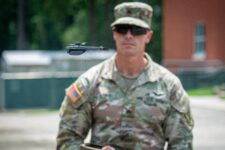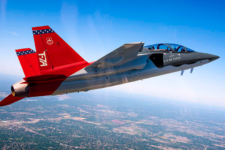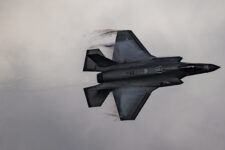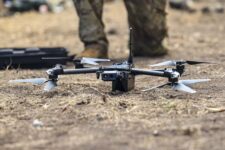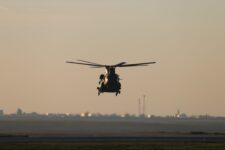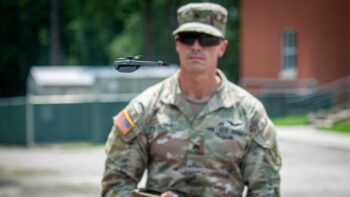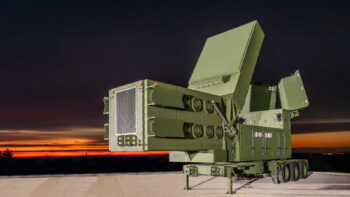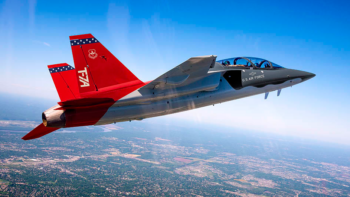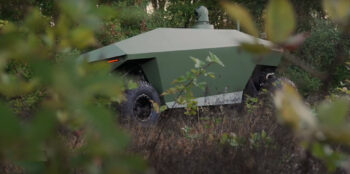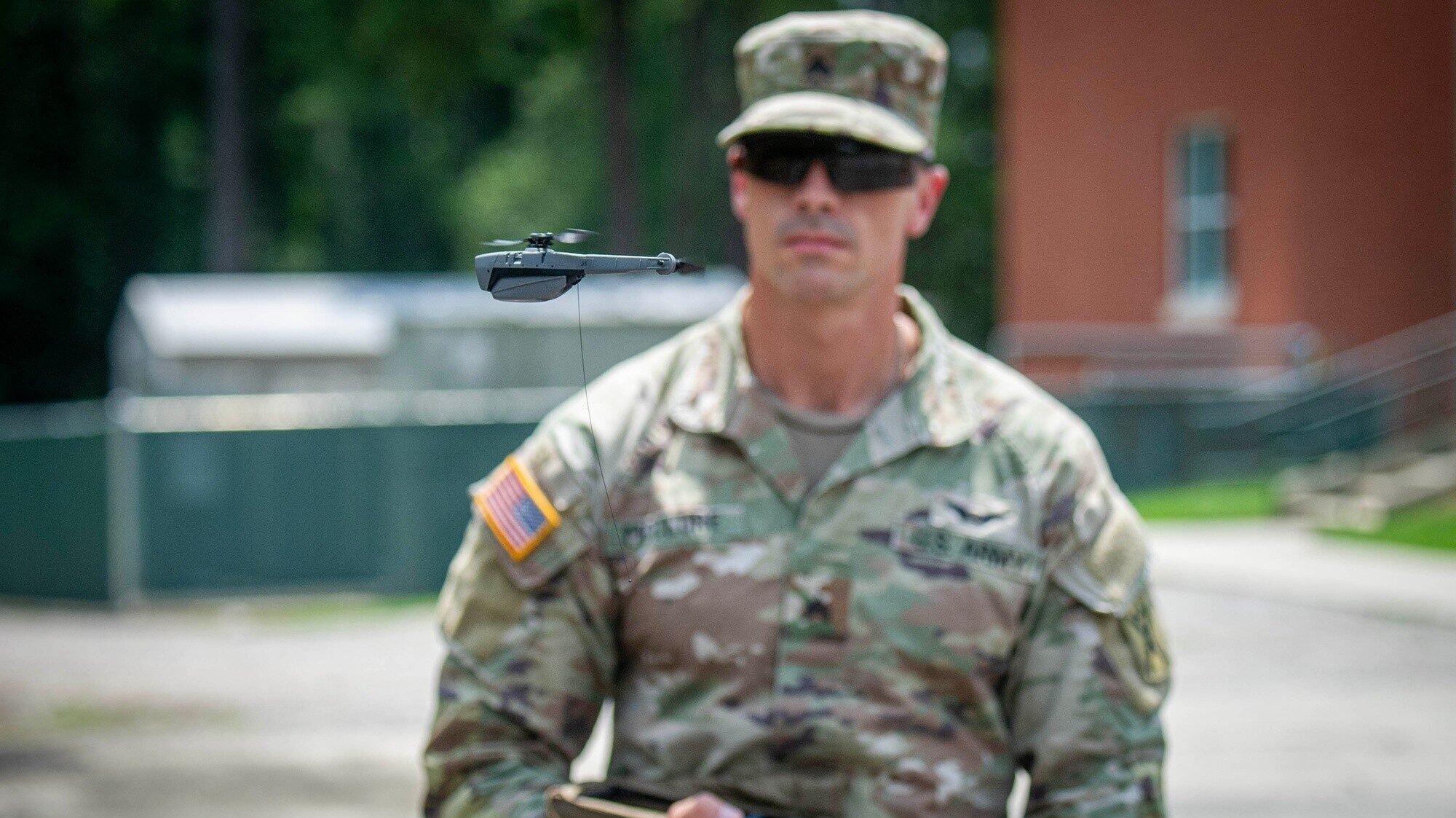
US Army National Guard soldiers with 1st and 4th Battalion, 118th Infantry Battalion, 218th Maneuver Enhancement Brigade, South Carolina Army National Guard, conduct training on the Black Hornet Nano UAS on Aug. 10, 2024. (US Army/Staff Sgt. Brian Calhoun)
WASHINGTON — The US Army is looking to reclassify some of its small drones because of a concerning flaw that hinders their effectiveness in the field: soldiers who don’t want to fly them for fear of the red tape that comes with losing one.
Currently, every time a US Army soldier loses or breaks a drone — regardless of its size or price tag — they are saddled with reporting paperwork, a mandatory investigation and possibly a loss of pay.
“If you lose [a drone] or crash it or break it, you have to do this full-on investigation, an investigating officer has to be appointed,” Col. Nick Ryan, director of the Army Capability Manager for Unmanned Aircraft Systems, told Breaking Defense in a recent interview. “They do a full investigation [and] a report, to determine if the soldier is liable, and if the soldier … has to get docked pay.”
That’s because the service deems every unmanned aerial system (UAS) “nonexpendable property,” meaning each and every one must be strictly accounted for and tracked. If a soldier does lose a drone, even in combat, it triggers a Financial Liability Investigation of Property Loss, or FLIPL.
It’s such a hassle that some soldiers are hesitant to fly smaller drones that are meant to give units an edge in contested environments, fearing the paperwork that an errant tree branch or comms breakdown would spawn.
“It’s an Army supply policy problem,” Ryan told Breaking Defense during a recent interview.
He said one drone was known as “the flying FLIPL and they never wanted to fly it.”
“If they lost it or crashed it, they either had to do a ‘Hands Across America’ to go find it, [or] they had to do this FLIPL process, even in a combat zone,” Ryan said.
That soldier hesitancy is a challenge, especially at a time when the service replaces the RQ-11 Raven and RQ-7B Shadow with more drones at every echelon to include:
- The Soldier Borne Sensor to squads like Teledyne Flir’s Black Hornet 3;
- A short-range reconnaissance asset to platoons level like Skydio’s RQ-28A quadcopter;
- A medium-range reconnaissance drone to company formations like Ghost X from Anduril Industries and the C-100 from Performance Drone Works;
- A Future Tactical Uncrewed Aircraft System (FTUAS) aligned with brigades; and
- The conceptual long-range reconnaissance drone as a follow on or replacement for General Atomoic’s MQ-1C Gray Eagle for battalions.
To make sure soldiers actually want to use some of those smaller drones or aren’t afraid to fly and train with them, Army Chief of Staff Gen Randy George is asking for a policy change, Ryan explained.
Although still in the works and likely two to three years away, the idea is to deem all drones weighing in at less than 55 pounds as expendable. If approved, when soldiers lose or break those Group 1 and 2 UAS, they could simply sign a “memo” and get another one off the shelf. No investigation, no docked pay.
“Group 3 [drones], like the FTUAS, we’re still trying to kind of figure out where that falls because it is a little bit more expensive and more exquisite,” Ryan said. “Now something as big as a Gray Eagle, that definitely is something we want to come back or want to go find if we crash it.”
Department of the Air Force appoints Susan Davenport as new chief data and AI officer
Davenport will serve as the fourth CDAO of the Department of the Air Force.
